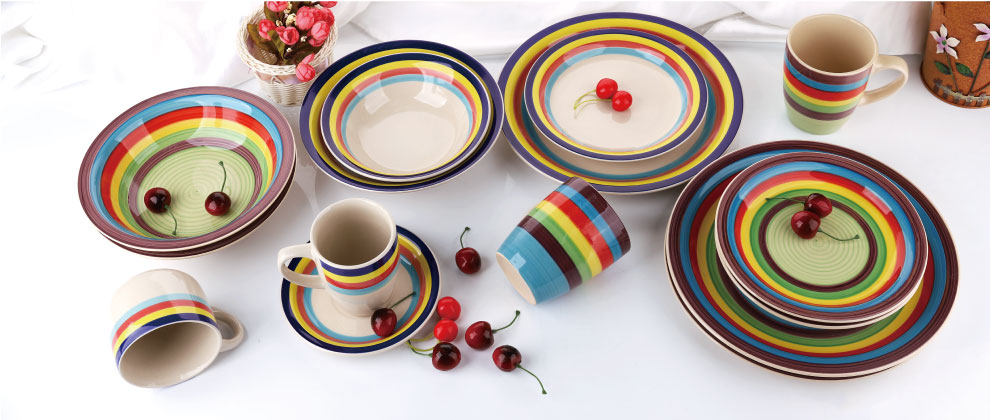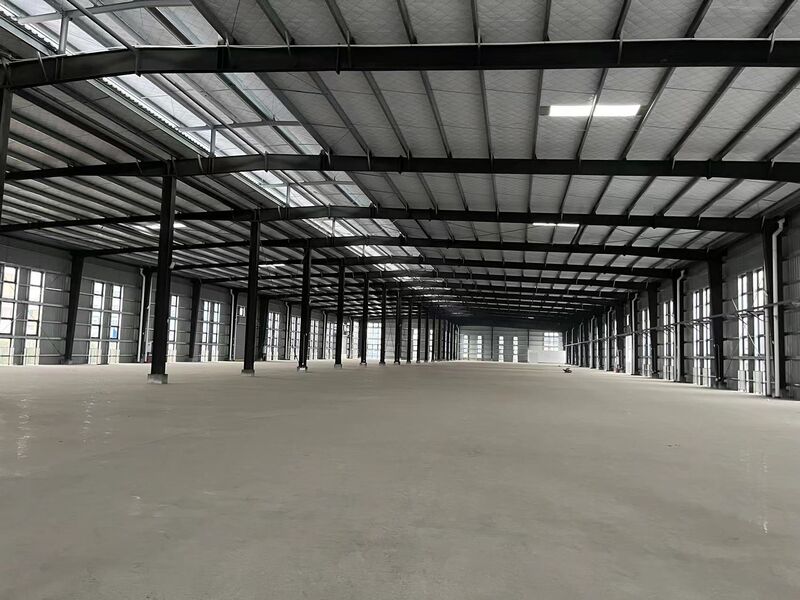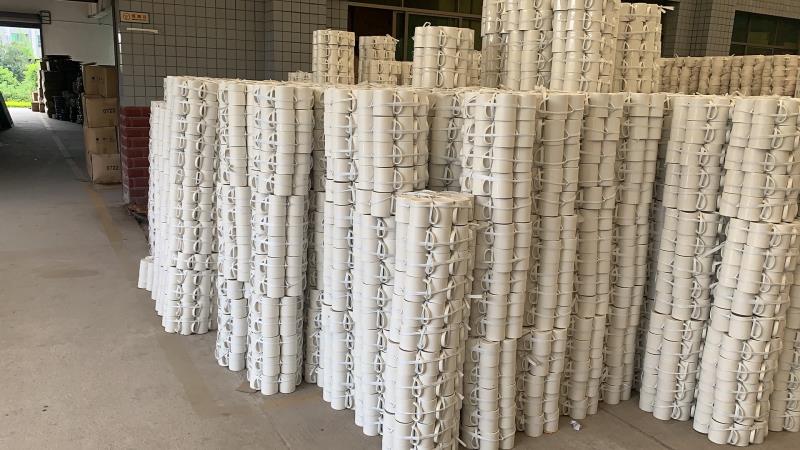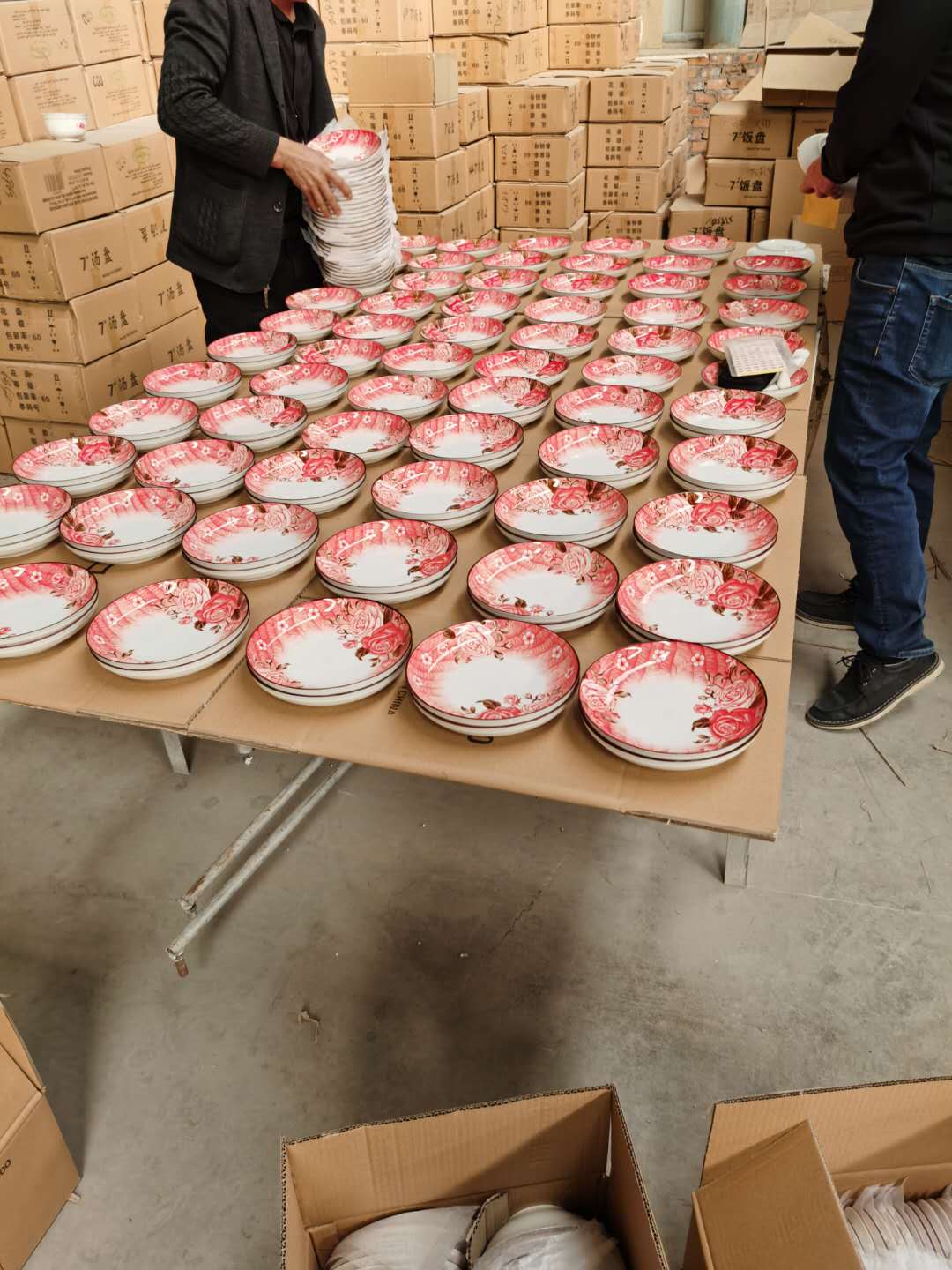Pulished on Sep. 13, 2024
Ceramics have been an essential part of human civilization for thousands of years, serving both functional and artistic purposes. Ceramics are ubiquitous, from everyday household items like plates and mugs to intricate sculptures and advanced technological components. In the first half of this year, Garbo has already exported more than 50 containers to at least 10 countries around the world. Many customers are wondering how to produce ceramic tableware that is always high quality and durable. Here we will help and show you its production.
Clay is one of the main raw materials for daily-use ceramics. The amount of clay in fine porcelain is often 40-60%, which has plasticity and sinterability. There is also quartz, which can reduce the plasticity of ceramic clay and become the skeleton of the body. In addition, there are some minerals. In addition, the more popular new bone china does not contain animal bone meal. It is mainly replaced by some chemical ingredients such as calcium oxide, so the tableware made will be more translucent.

The raw materials are put into the machine to be made into mud, and then the mud is pressed into mud cakes and then vacuumed. During the vacuuming, it is made into various sizes according to the size of the product.

The vacuum clay received is cut again according to the required quantity of each product put into the product mold, and then rolled and formed. The rolled clay embryo is put into the drying furnace together with the mold. The workers mold according to the drying condition of the clay embryo and then repair the embryo after demoulding.

The dried clay embryo is washed and edged and then dried again. The quality of the dried clay embryo is checked. The dried clay embryo is glazed, and after the glazed product is dry, and then classified as white porcelain or glazed porcelain, it is further processed by color glaze, hand painting, decals, etc. After quality inspection then simple packaging.

Producing ceramic products is a blend of art and science, requiring attention to detail at every stage. From selecting the appropriate raw materials to mastering firing techniques, each step influences the quality and characteristics of the final product. Whether for artistic expression or industrial application, understanding the ceramic production process is essential for creating items that are both beautiful and functional.